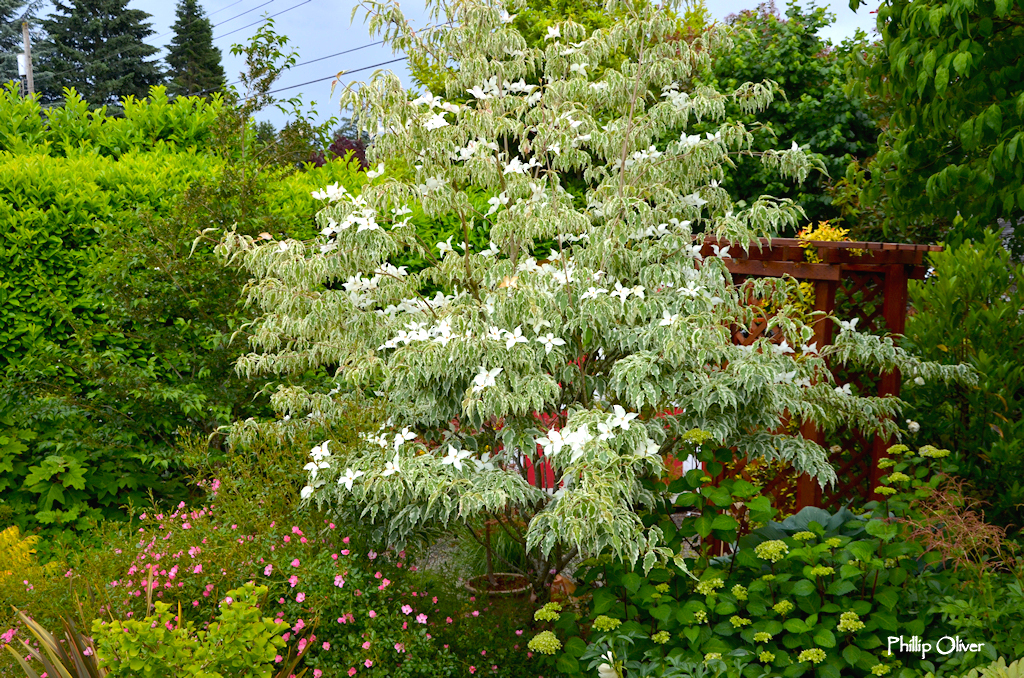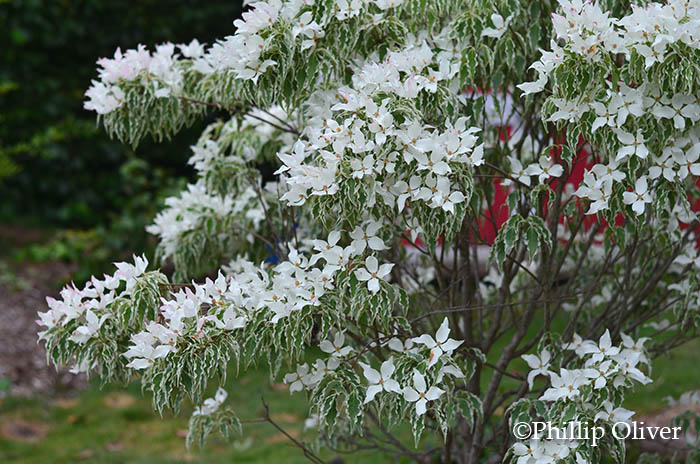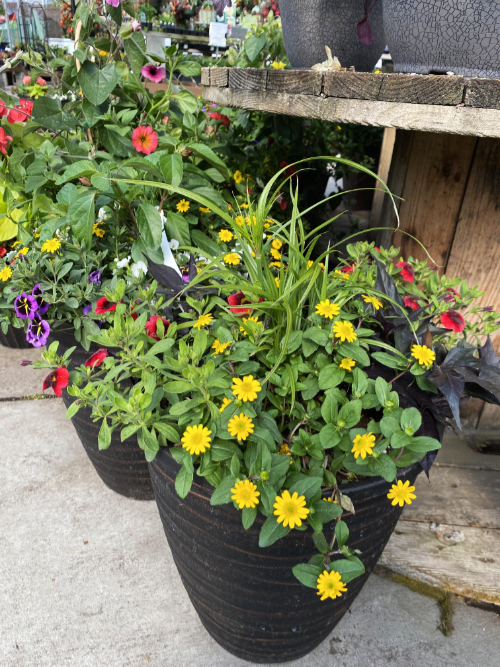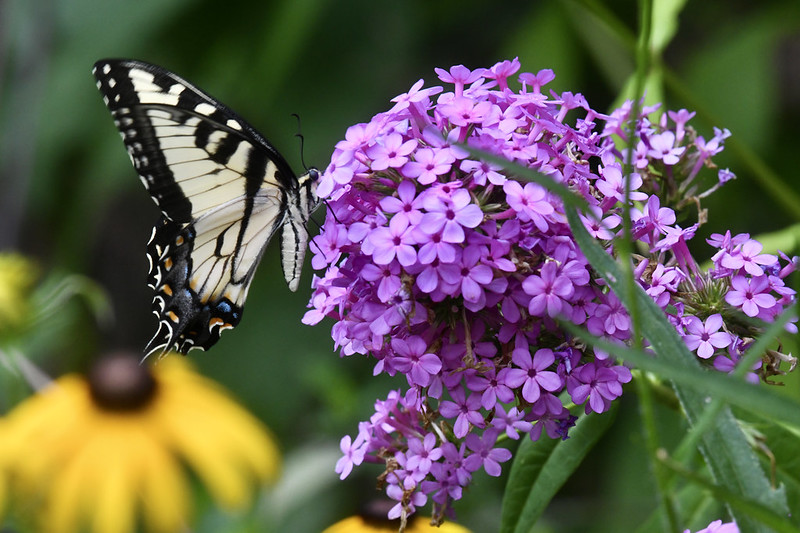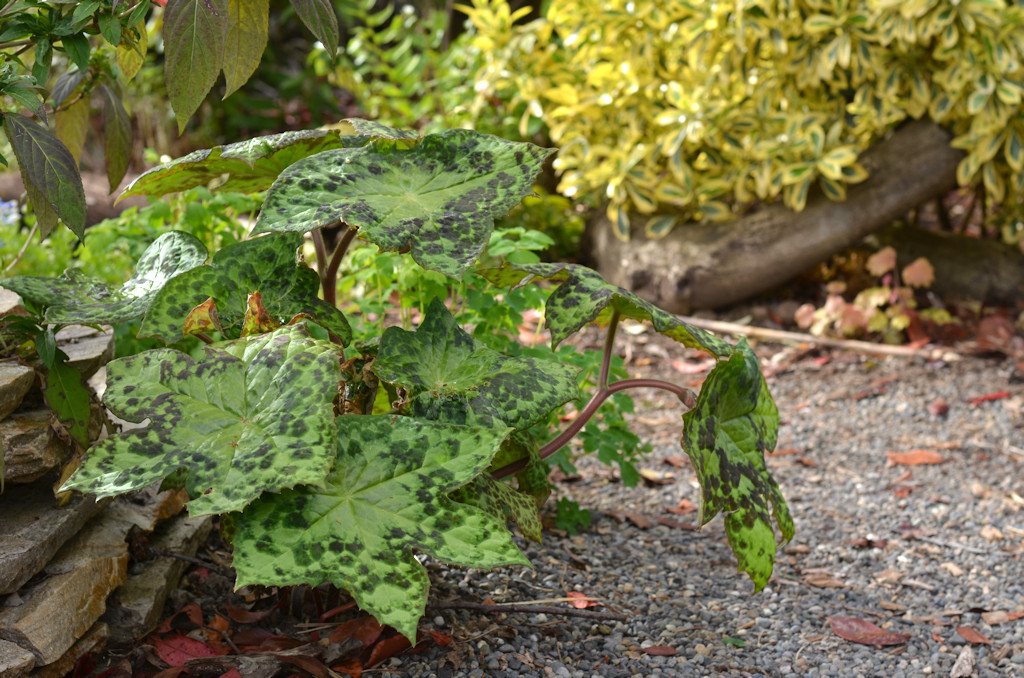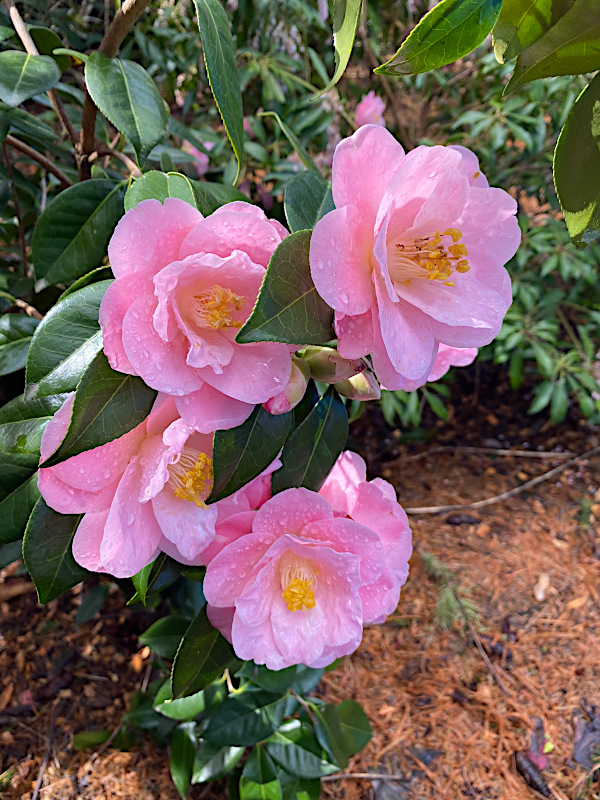‘Wolf Eyes’ Chinese Dogwood
One of the most popular garden trees is the Dogwood which provides incredible beauty in every season of the year. The hardest part for the gardener is choosing a variety from the hundreds of hybrids that have become popular over the last few decades. White flowers? Pink flowers? Variegated leaves? The choices are numerous and we have a large selection at Yard N’ Garden Land to choose from!
Of the 17 species of dogwood native to North America, the four most common garden types are Flowering dogwoods, Pacific dogwood, Cornelian Cherry and Kousa dogwoods. The latter two are introduced species that have earned a place in American gardens because they are more disease resistant than native species.
The two types that you will see most often at our nursery are the Flowering Dogwood (Cornus florida) and Kousa Dogwood (Cornus kousa) aka “Chinese dogwood”.
What are the differences between the two?
Flowering Dogwood (Cornus florida) blooms before the leaves emerge in early spring. The Kousa (Cornus kousa), on the other hand, blooms a few weeks later and the flowers appear after the leaves have opened. The structure of the Kousa dogwood is also slightly different with young trees branching closer to the bottom and first growing up in an upright vase-like fashion and spreading horizontally in later years. A plus about Kousa dogwood is that they are less susceptible to anthracnose diseases and powdery mildew. On the other hand, the raspberry-like fruits of the Kousa can be messier than the harder berries of the Flowering Dogwood. Keep this in mind if you are wanting to plant near a deck or patio.
There are too many cultivars to mention in one article but one standout that we have this year is the Kousa dogwood ‘Wolf Eyes‘. It is considered the best of the white-variegated forms with light-green leaves that have a creamy white edging. In the fall seasons, the leaves have shadings of pink and red. Overall, it grows smaller than most other varieties and reaches about 15 feet in height. It is best situated in a semi-shady location (morning sun and afternoon shade would be best). It will also do well in shadier conditions and is great for providing a bright spot in dark areas.

